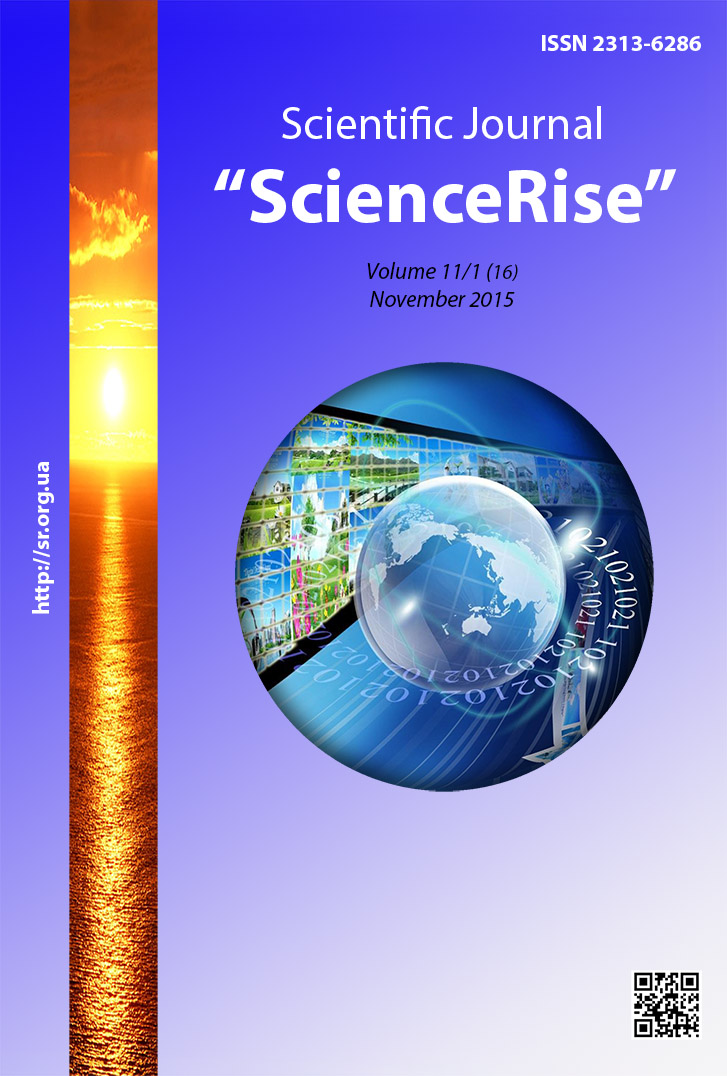Microsophy. Rise of new way
DOI:
https://doi.org/10.15587/2313-8416.2015.53808Keywords:
microsophy, art, interpromotion, social philosophy, social space, communication, social subjectAbstract
The concept of «Microsophy» is introduced by the author in the scientific space for the first time. According to the concept of the author, microsophy – is a new direction of modern social philosophy. This is subjective, discrete, emotional and deeply-shaped art of micro social communicative-mental survival, that’s we producing ourselves daily to council our actually aesthetic and moral and ethical salvation in the world, where there is place constant aggressively impact on our consciousness, as an object of social manipulations
References
Gabermas, Ju. (2011). Posmetafіzichne mislennja. Fіlosofіja osvіti, 1-2, 41.
Fuko, M. (1996). Volja k istine: po tu storonu znanija, vlasti i seksual'nosti. Raboty raznyh let. Moscow: Kastal', 157.
Habermas, Ju. (2000). Moral'noe soznanie i kommunikativnoe dejstvie. Sankt-Peterburg: Nauka, 58.
Giddens, A. (1990). The Consequences of Modernity. Cambridge: Polity Press, 64.
Hempel, C. G. (1952). Fundamentals of Concept Formation in Empirical Science. Chicago: University of Chicago Press, 51.
Krymec, L. V. (2012). Social'noe vzaimodejstvie v kontekste postindustrial'nogo obshhestva na sovremennom jetape razvitija. Saarbrucken, Germany: Lap Lambert Academic Publishing, 163.
Krimec', L. V. (2015). Fіlosofs'kі aspekti vladi v upravlіnnі naukovo-osvіtnіm prostorom. Kyiv: Zolotі vorota, 383.
Downloads
Published
Issue
Section
License
Copyright (c) 2015 Людмила Владимировна Крымец

This work is licensed under a Creative Commons Attribution 4.0 International License.
Our journal abides by the Creative Commons CC BY copyright rights and permissions for open access journals.
Authors, who are published in this journal, agree to the following conditions:
1. The authors reserve the right to authorship of the work and pass the first publication right of this work to the journal under the terms of a Creative Commons CC BY, which allows others to freely distribute the published research with the obligatory reference to the authors of the original work and the first publication of the work in this journal.
2. The authors have the right to conclude separate supplement agreements that relate to non-exclusive work distribution in the form in which it has been published by the journal (for example, to upload the work to the online storage of the journal or publish it as part of a monograph), provided that the reference to the first publication of the work in this journal is included.

